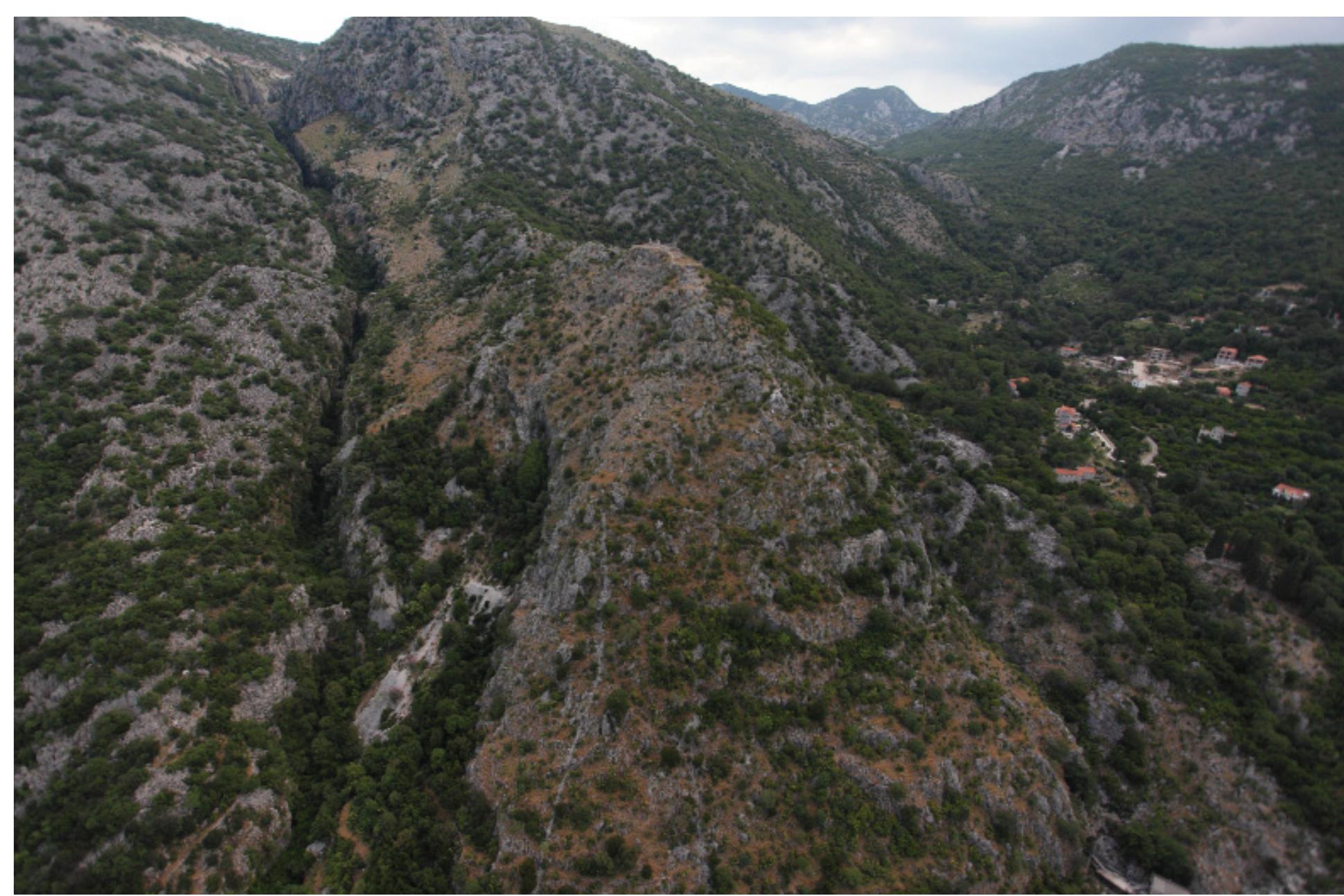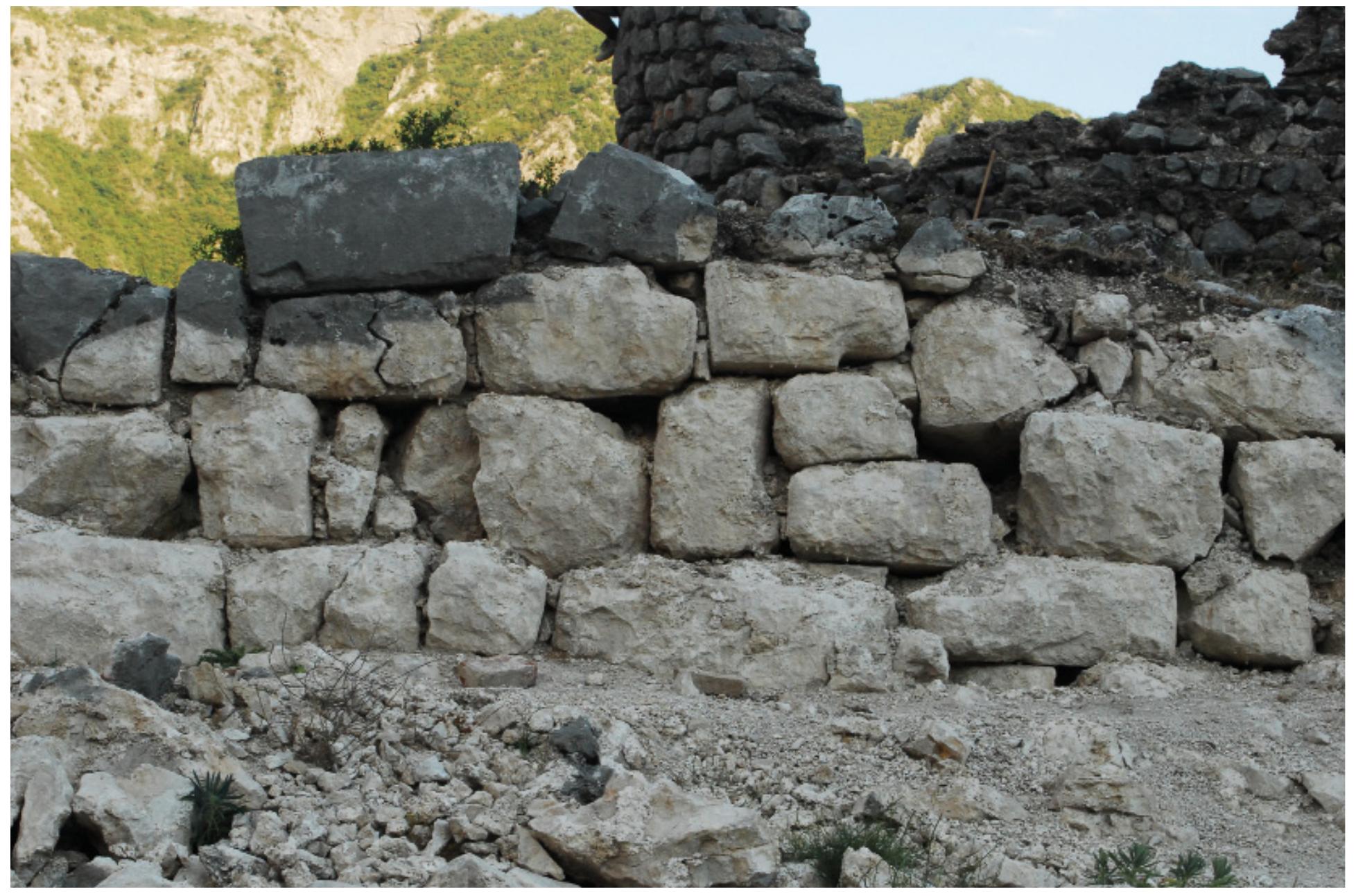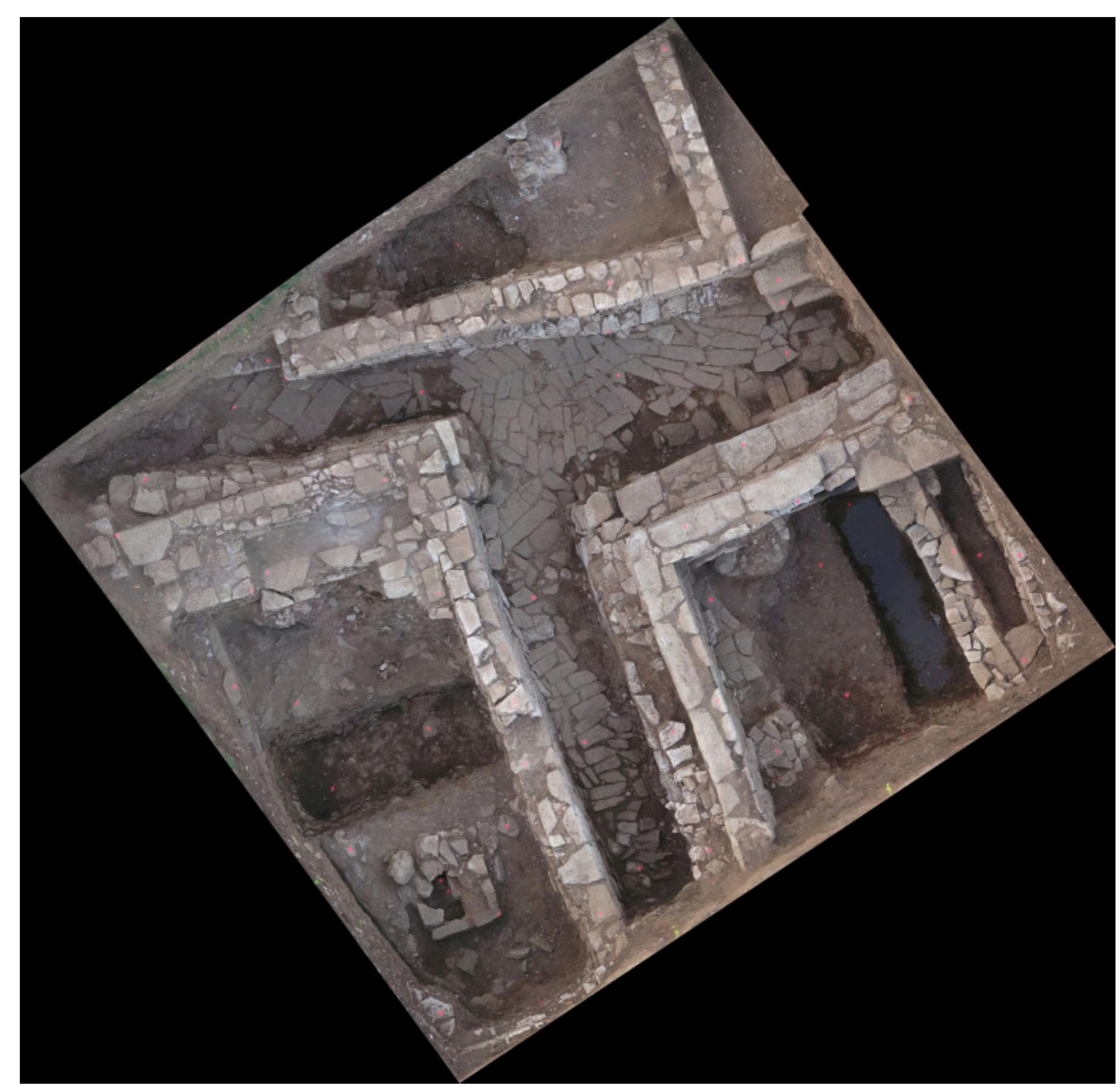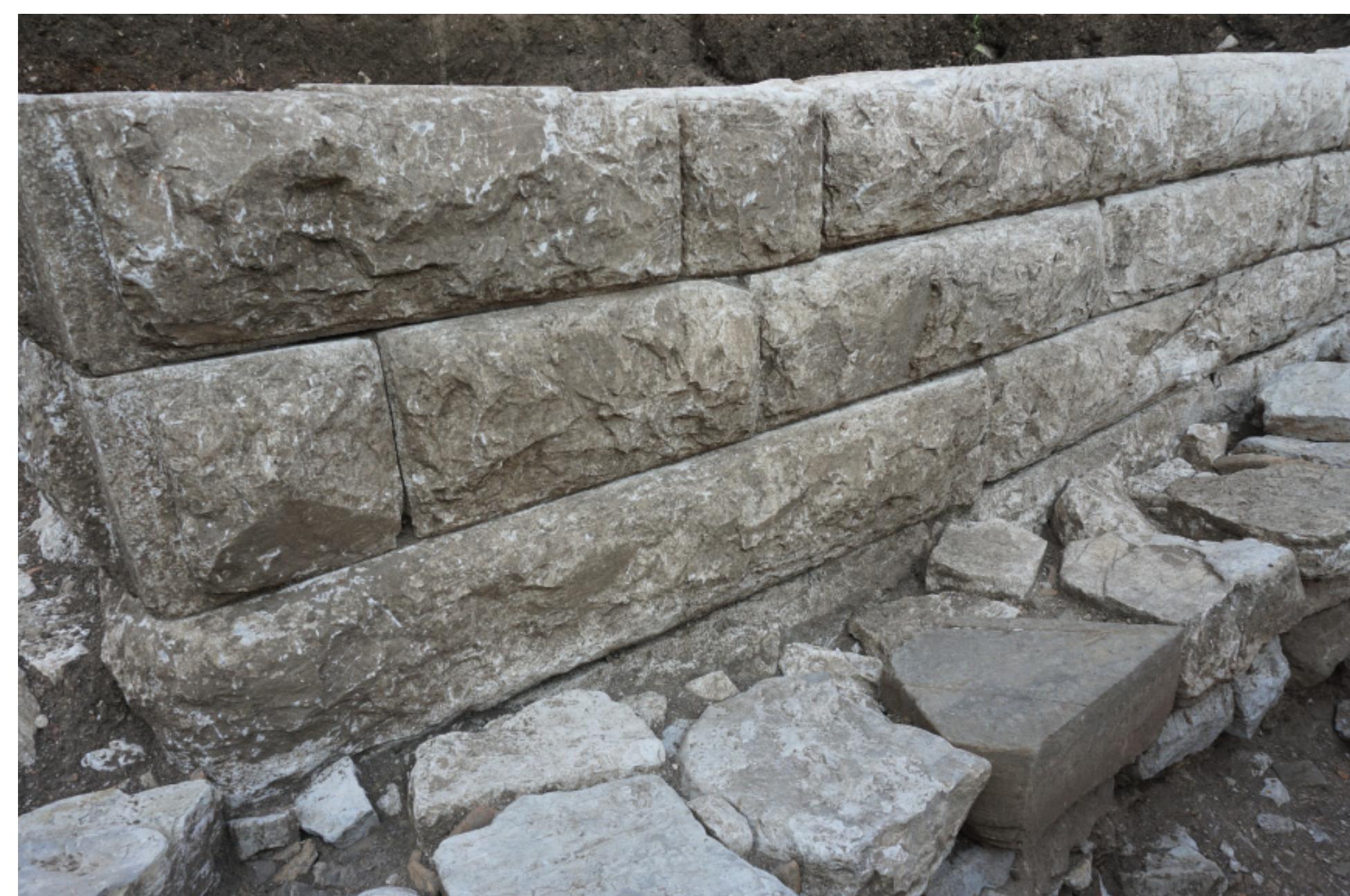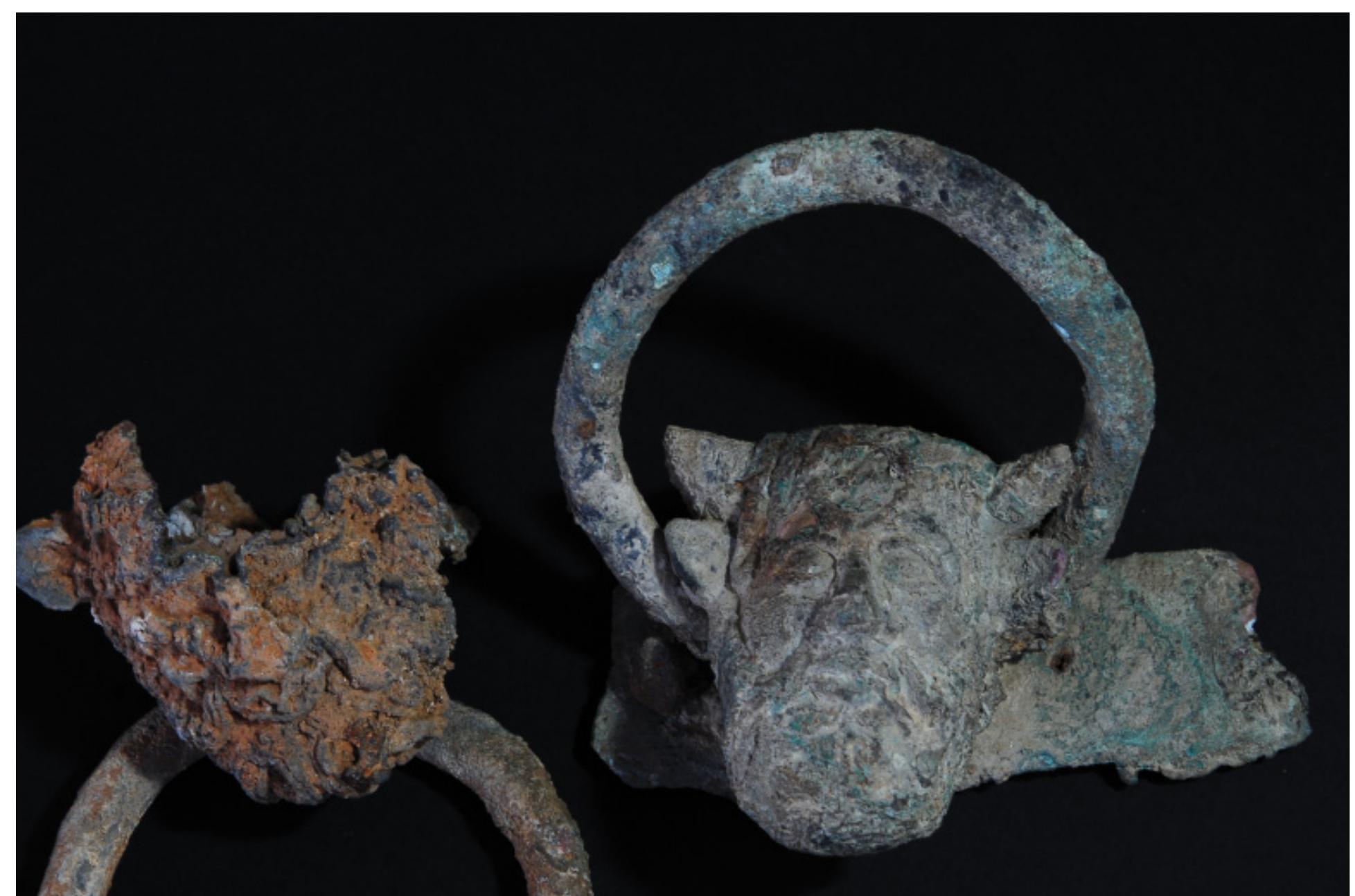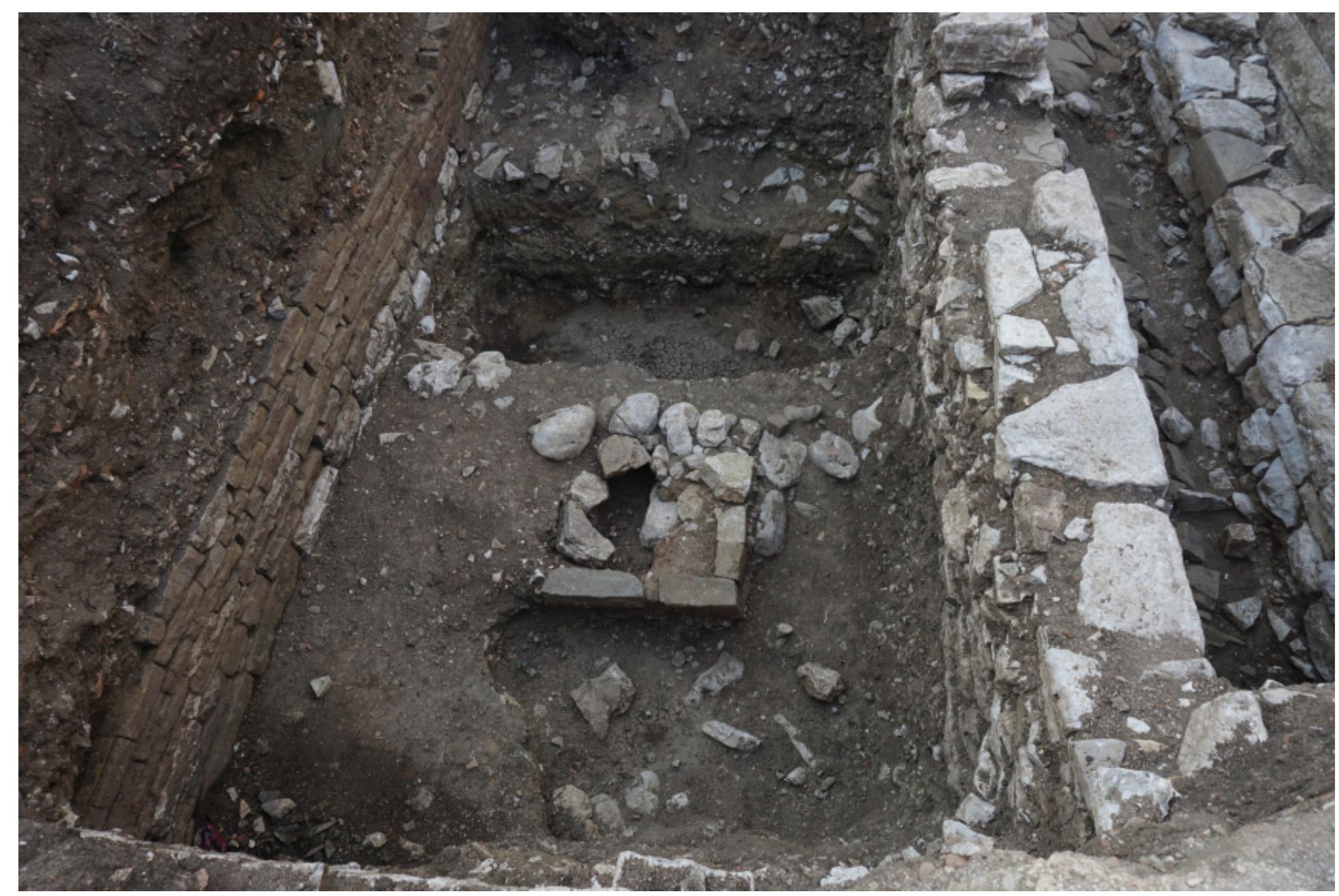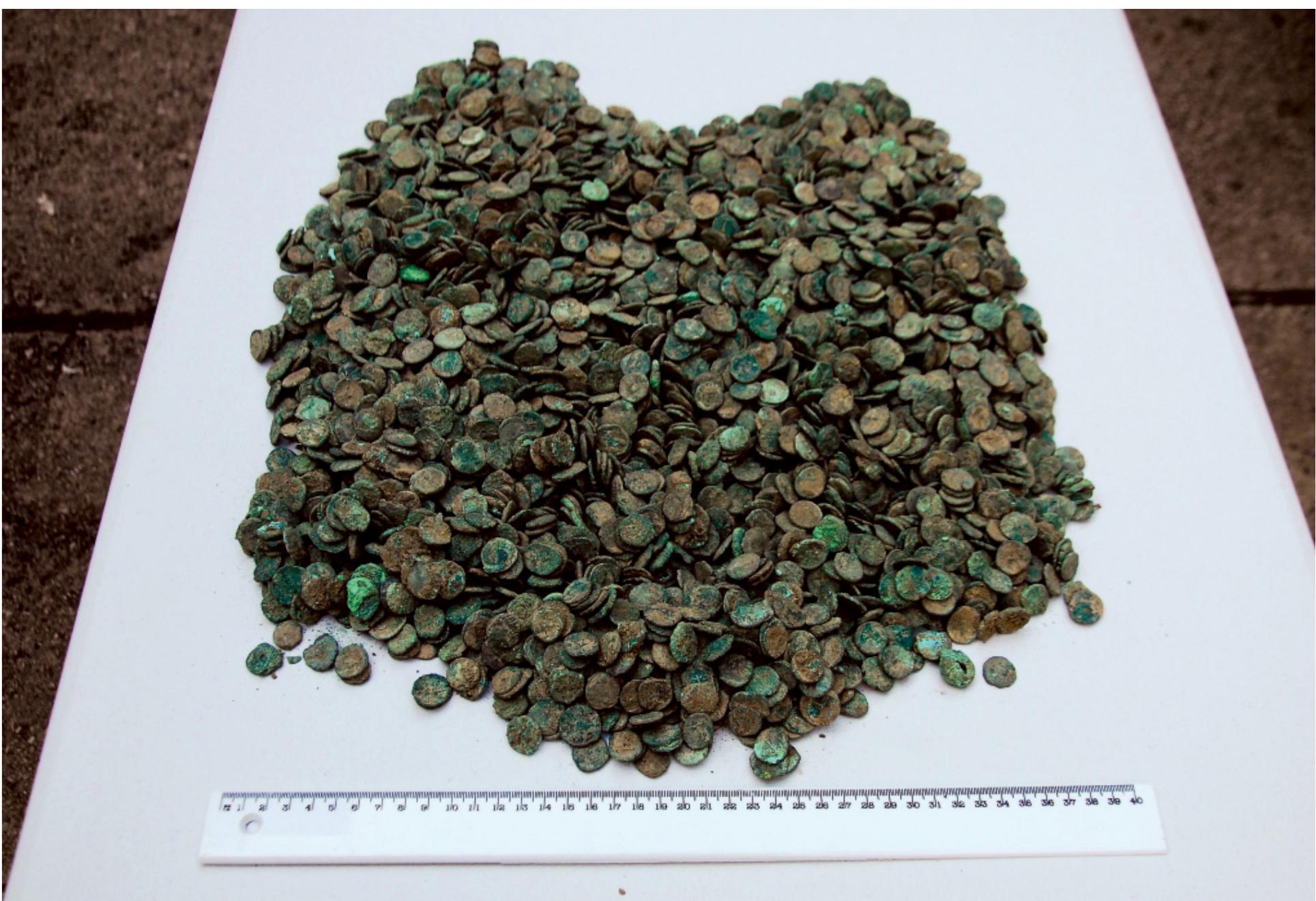Ex Oriente Lux
Studies in Honour of Jolanta Młynarczyk
edited by
Krzysztof Jakubiak and Adam Łajtar
� ([�2ULHQWH�/X[
6WXGLHV�LQ�+RQRXU�RI�-RODQWD�0á\QDUF]\N
HGLWHG�E\
.U]\V]WRI�-DNXELDN�DQG�$GDP�àDMWDU
� T
Tabula gratulatoria . . . . . . . . . . . . . . . . . . . . . . . . . . . . . . . . . . . . . . . . . . . . . . . . . . . . . . . . . . 9
Addresses . . . . . . . . . . . . . . . . . . . . . . . . . . . . . . . . . . . . . . . . . . . . . . . . . . . . . . . . . . . . . . . . 11
Jola . . . . . . . . . . . . . . . . . . . . . . . . . . . . . . . . . . . . . . . . . . . . . . . . . . . . . . . . . . . . . . . . . . . . 13
Bibliography of Jolanta Młynarczyk . . . . . . . . . . . . . . . . . . . . . . . . . . . . . . . . . . . . . . . . . . . . . . . 17
Egypt
Barbara Tkaczow, Plateia, Pedion, “Canopic Street”: Archaeological evidence of the main street of ancient
Alexandria . . . . . . . . . . . . . . . . . . . . . . . . . . . . . . . . . . . . . . . . . . . . . . . . . . . . . . . . . . . 25
Barbara Lichocka, Trois monnaies « isiaques » de Kôm el-Dikka à Alexandrie (saisons de fouilles
1963–2006) . . . . . . . . . . . . . . . . . . . . . . . . . . . . . . . . . . . . . . . . . . . . . . . . . . . . . . . . . . 35
Pascale Ballet, Figurines, sites et contextes dans l’Égypte gréco-romaine. Études de cas provinciaux :
de Tell el-Herr à Bouto . . . . . . . . . . . . . . . . . . . . . . . . . . . . . . . . . . . . . . . . . . . . . . . . . . . 45
Karol Myśliwiec, More about the Dionysian thiasos in Ptolemaic Athribis (Lower Egypt) . . . . . . . . . . . . 73
Anna Południkiewicz, Braziers from Athribis (Nile Delta) . . . . . . . . . . . . . . . . . . . . . . . . . . . . . . . . 85
Iwona Zych, Empress and African: Two female images on terracotta oil lamps from the Red Sea port
of Berenike . . . . . . . . . . . . . . . . . . . . . . . . . . . . . . . . . . . . . . . . . . . . . . . . . . . . . . . . . . . 97
Adam Łukaszewicz, Horus and Seth revisited. An incident on the Nile described by a Roman poet . . . . . . 105
Cyprus
Nancy Serwint, A Nubian Lady in Cyprus . . . . . . . . . . . . . . . . . . . . . . . . . . . . . . . . . . . . . . . . . . . 113
Claire Balandier, Nea Paphos, fondation chypriote ou lagide ? Nouvelles considérations sur la genèse
du port et de la ville . . . . . . . . . . . . . . . . . . . . . . . . . . . . . . . . . . . . . . . . . . . . . . . . . . . . . 125
Yannick Vernet, The evolution of the religious topography of Paphos under the reign of Nikokles . . . . . . 147
Monika Rekowska, In search of Ptolemaic palaces... . . . . . . . . . . . . . . . . . . . . . . . . . . . . . . . . . . . . 157
Eustathios Raptou, Amphore cinéraire peinte hellenistique de Palaepaphos . . . . . . . . . . . . . . . . . . . . . 175
Demetrios Michaelides, A fragment of a royal oinochoe from Nea Paphos . . . . . . . . . . . . . . . . . . . . . . . 191
John Lund, “Centuries of Darkness” revisited: Another look at the archaeological evidence from Cyprus,
between ca. AD 150 and AD 350 . . . . . . . . . . . . . . . . . . . . . . . . . . . . . . . . . . . . . . . . . . . . . 197
Adam Łajtar, Inscriptions discovered during the work of the Polish archaeological mission in Kato (Nea)
Paphos . . . . . . . . . . . . . . . . . . . . . . . . . . . . . . . . . . . . . . . . . . . . . . . . . . . . . . . . . . . . . . 209
Marek T. Olszewski, Les figures de rhétorique et l’antithèse dans la narration allégorique de la mosaïque
de la Maison d’Aiôn à Paphos (Chypre) . . . . . . . . . . . . . . . . . . . . . . . . . . . . . . . . . . . . . . . . 221
Ewdoksia Papuci-Władyka, ΤΑ ΚΥΠΡΙΑΚA. The collection of Cypriot antiquities in the Jagiellonian
University Institute of Archaeology in Cracow . . . . . . . . . . . . . . . . . . . . . . . . . . . . . . . . . . . . 251
� Table of contents
Levant
Martha K. Risser, Rachel Ben-Dov, Ragna Stidsing, Jane C. Skinner, Michal Artzy and Ann E. Killebrew,
A Phoenician bearded male mask from Tel Akko . . . . . . . . . . . . . . . . . . . . . . . . . . . . . . . . . . 261
Urszula Wicenciak, Hellenistic vessels from the Phoenician sanctuary in Chhim (Central Lebanon) . . . . . 281
Krzysztof Jakubiak, The Roman temple in Chhim, Lebanon: The architectural decoration of the façade . . . 287
Jean-Baptiste Humbert, Quelques coroplasties de Palestine aux motifs de combats . . . . . . . . . . . . . . . . 301
François Villeneuve, Khirbet Sara (Jordan), 1983 . . . . . . . . . . . . . . . . . . . . . . . . . . . . . . . . . . . . . . 309
Julia Burdajewicz, Wall paintings, wall mosaics, and marble wall revetments in Early Christian churches
of the southern Levant . . . . . . . . . . . . . . . . . . . . . . . . . . . . . . . . . . . . . . . . . . . . . . . . . . . 323
Chaim Ben David, Mechael Osband, The Byzantine and Early-Islamic periods at Deir Aziz: A methodological
question of period identification between survey and excavation . . . . . . . . . . . . . . . . . . . . . . . . 335
Mariusz Burdajewicz, Some remarks on the architectural decoration of the North-West Church at Hippos
(Susita) . . . . . . . . . . . . . . . . . . . . . . . . . . . . . . . . . . . . . . . . . . . . . . . . . . . . . . . . . . . . . 345
Piotr Makowski, Liturgy after an earthquake. The reduction of sacral space of churches in the cities of Jund
al-Urdunn . . . . . . . . . . . . . . . . . . . . . . . . . . . . . . . . . . . . . . . . . . . . . . . . . . . . . . . . . . . . 363
Ina Kehrberg-Ostrasz, Moulds and mould-made ceramics from the Jarash hippodrome potters’ workshops . 373
Anna de Vincenz, A clay tobacco pipe from Ramla . . . . . . . . . . . . . . . . . . . . . . . . . . . . . . . . . . . . . 385
Jean-Michel de Tarragon, Rivages de la mer Morte : photographies inédites, fin 1908 – début 1909 . . . . . 391
And Beyond
Roksana Chowaniec, “Are you eating all this, Mister Marcus?” Towards a study of ancient Sicilian food products
and diet . . . . . . . . . . . . . . . . . . . . . . . . . . . . . . . . . . . . . . . . . . . . . . . . . . . . . . . . . . . . . 401
Maria Jaworska, Oil lamps attributed to the Gamos workshop found in Ptolemais, Cyrenaica . . . . . . . . . 411
Piotr Dyczek, Rhizon – capital of the Illyrian kingdom – some remarks . . . . . . . . . . . . . . . . . . . . . . . 423
Marcin Matera, Tomasz Scholl, Hellenistic housing in Western Tanais . . . . . . . . . . . . . . . . . . . . . . . . 435
�Piotr Dyczek
RHIZON – CAPITAL OF THE ILLYRIAN KINGDOM – SOME REMARKS
Abstract
A rchaeological excavations (carried out by the University of Warsaw Centre for Research on Antiquity of South-
Eastern Europe) on the site of ancient Rhizon/Risinum (modern Risan in Montenegro) brought to light a great amount
of small finds, often of unique character, which testify to the importance and richness of this town in Hellenistic times.
Equally important was the discovery of architectural remains, which show that Rhizon played a major role in the third
century BC, perhaps that of a capital of the Illyrian Kingdom. Rhizon seems to have been especially connected with
King Ballaios. A large, 4656-coin hoard, mostly representing his mint, not only demonstrates the wealth of some of
the town’s inhabitants, but also the existence of a developed monetary system at that time. The importance of Rhizon
is further confirmed by Cyclopean walls encircling the Lower Town, and the palatial complex, most probably built in
the third century BC and remodelled at the end of the same century.
Keywords: Rhizon, Illyria, Ballaios, fortifications, palatial complex
Since 2001, archaeologists from the University of Warsaw Centre for Research on the Antiquity of South-Eastern
Europe have researched the antique town of Rhizon/Risinum, modern Risan in Montenegro [Fig. 1].1 In antiquity,
Rhizon was an important political and economic centre, situated in the north-eastern corner of the Bay of Kotor,
in the territory of the Illyrian tribe of Encheleae.
The history of the Rhizon area reaches back to the Neolithic period as is shown by traces of human occupation
in caves scattered around the Kotor Bay (Szymczak, Kot & Petričević 2010). In Risan itself, the earliest evidence of
permanent settlement comes from the Late Bronze Age and takes the form of a small, fortified structure on Gradine
hill rising above the town (Mijović & Kovačević 1975: 78).
Numerous ancient authors, starting with the periplus of Pseudo-Scylax (mid-fourth century BC), mentioned
Rhizon/Risinum but said relatively little of the town itself. Apollonius of Rhodes (third century BC) transmitted an
ancient legend, according to which Rhizon boasted the tomb of Harmonia and the Phoenician Cadmus, who came to
the Adriatic from Thebes (Castiglioni 2006). Polybius, a Greek historian of the second century BC, described Rhizon
as a “well-fortified town (polismation), which lies in a certain distance from the sea just off the Rhizon River” (1.11.16).
Further on, he wrote that the town was the last stronghold of Queen Teuta, in the so-called First Illyrian War. Pliny
the Elder (first century AD) listed Rhizon (as Rhizinum or Rhizinium) among the oppida civium Romanorum in his
Historia Naturalis (3.22.144).
Arthur Evans was the first to start excavations at Risan in 1870s. He discovered a few curious coins, which bore
the legend of Ballaios, a ruler not mentioned in any of the preserved written sources, and suggested that here was the
seat of the Illyrian Queen Teuta (Evans 1883: 42–44). He was followed by Heinrich Richlý, who found fragments
of the so-called Cyclopean walls (Richlý 1898: 145–152). Later, investigations were carried out by, among others,
Fanula Papazoglu, Aleksandra Faber (1976), Jovan Martinović, and Vilma Kovačević (1997), but it was the Polish
expedition that undertook the first systematic excavations. They confirmed the existence of monumental fortifica-
tions around the entire area of the Lower Town (Dyczek 2004; 2007; 2010a; 2011–2012: 91–109), and brought
to light fragments of urban fabric, permitting a study of the everyday life of its ancient inhabitants. A review of the
most important discoveries is presented here.
1
The project has been financed with resources provided by the National Science Centre of the Republic of Poland, allotted on the
basis of decision DEC-2011/03/B/HS3/00371.
423
� Piotr Dyczek
Fig. 1. Aerial view of the ancient site of Rhizon (photo M. Pisz).
Fig. 2. Cyclopean defence wall of Lower Town in Rhizon (photo P. Dyczek).
424
� Rhizon – capital of the Illyrian kingdom – some remarks
Fig. 3. Plan of ancient Rhizon (pre-
pared by P. Dyczek and T. Słowik).
The unique character of this city is evident in its monumental fortifications [Fig. 2]. They were known and
famous even in the second half of the second century AD. An inscription from the times of Marcus Aurelius, set up
in Numidian Lambaesis, the seat of the Legio III Augusta, by a legionary legate originating from Rhizon, calls them
moenia Aeacia, i.e. resembling the works of Aeacus of Aegina, who was said to have joined forces with Apollo and
Poseidon to raise the walls of Troy (Šerović 1962: 28; Garašanin 1966; Wilkes 1992: 136; Dyczek et al. 2010; 2014).
The fortifications of Rhizon ran some 200 m away from the line of the river Spila to the northeast (Faber 1996:
108). They have been investigated methodically by us since 2004. In 2005–2006, we studied the right bank of the
river along its entire length, recording in many places remains of the Cyclopean wall, either in the precipitous bank
or at the bottom of the river. Mapping these remains gave an idea of the line of ancient fortifications running for
about 300 m [Fig. 3]. Underwater investigations in the Spila’s estuary determined beyond doubt that the tumbled
blocks found there come from the fortifications and a gate approaching Rhizon from the south. The fortification walls
surround an area of more than 7 ha. They were constructed of large dressed blocks measuring 1.20 × 1.40 × 0.60 m.
425
� Piotr Dyczek
Fig. 4. “Parallel walls” flanking ceremonial way on the slope of the hill in Risan (photo M. Pisz).
The width of the walls constructed in the emplekton technique was 2.60 m. The tower on the south side of the entrance
was built on a rectangular plan. The gate passage was 5.75 m wide. Another gate with a passage ca. 3.00 m wide and
a flanking tower on the west (measuring 6.00 × 2.60 m) was noted on the waterfront. Consequently, Rhizon can be
said to have had three gates on the south and only one on the north. All the gates had rectangular flanking towers
projecting from the curtain of the wall. On the riverside at least, the fortifications followed a broken line, presumably
following the original course of the river. Such an arrangement of fortifications is known in many fortresses in the
territory of modern Albania, e.g. Lissus, Byllis, Apollonia (Wilkes: 1992: 130–136), but also in Miletus and Asine
(Adam 1982: 68, 184–185, 188–190). The Rhizon fortifications, taking into account their known parameters, could
have been as high as about 10–12 m. Nowadays, it is difficult to unequivocally date these constructions. It seems,
however through analogies with similar constructions elsewhere – that they could have originated at the turn of the
fourth and third centuries BC.
The study of the Gradine hill slope revealed a road running in a zig-zag from the north gate to the top of the
hill (acropolis) [Fig. 4]. The road was partially cut out in the rock and partly used natural terraces. On both sides of
the road, two parallel walls made of broken stones run almost in a straight line. They connected the fortifications
of the Lower Town with the fortifications of the acropolis. Their structure shows that they apparently were formed
in the same time as the earliest walls exposed on the hill-top. These walls surround an area of about 1 ha.
The earliest walls on the hill cannot be dated archaeologically, but they all have typical features of walls of the
fifth–fourth century BC that are referred to in scholarship as Illyrian. The faces are made of large irregularly broken
stones, measuring 80/100 × 60/70 × 60/70 m, laid in a polygonal bond. Smaller stones filled the core of these walls.
The Cyclopean walls on the north-western side of the fortress were uncovered along the full length in 2006 [Fig. 5].
The excavated section measured 6.40 m; the wall here rose to a height of 1.10 m and was furnished with an external
footing some 0.20 m wide. The total reconstructed length of these defences amounts to about 15 m with 13.40 m
being an actual wall and the rest evidenced only by a tell-tale cut in bedrock. The stones used in the construction of
this line of fortifications measured 1.30 × 0.90 m, their height oscillating around 0.50 m. Considered in the light
of the report by Pavle Mijović and Mirko Kovačević (1975: 25) about yet another section of the Cyclopean wall found
on the western slope of the hill (where a landslide in the meantime has destroyed all evidence), the arrangement of
these fortifications suggests that in a successive architectural phase the highest part of the Gradine was transformed
426
� Rhizon – capital of the Illyrian kingdom – some remarks
Fig. 5. Cyclopean wall on the top of the hill (photo J. Recław).
into a platform measuring about 15 × 15 m. A coin of King Ballaios, a sherd from a Gnathia skyphos (Green 1976:
10–13), and a stopper of a Graeco-Italic amphora, discovered in the context of the Cyclopean walls, supply a terminus
ante quem in the second century BC.
It looks as if the 2016 season of work confirmed the assumption that Rhizon was a capital of the Illyrian Kingdom,
in that it brought to light remains of a putative residence of the Illyrian rulers. Earlier explorations had excluded the
acropolis and Lower Town as a possible localisation of a “rulers’ quarter”. Under these circumstances, we decided to
investigate a relatively narrow zone located between the base of the hill and the defence wall running along the Spila
river, close to a narrow city gate.
An area of more than 200 m2 was uncovered here [Fig. 6]. Elements of monumental architecture including well-
dressed and fitted ashlar masonry were discovered below just over a metre of accumulation layers. The walls that were
traced belonged to two structures lining a 2.20 m broad street. A pavement (or a stylobate?) ran on both sides by
the walls. The main building was constructed of large blocks of white limestone (210/170 × 34 × 50 cm). The face
of these blocks features rustication 8 cm high [Fig. 7]. Two entrances were discovered, both with thresholds made of
a large block of appropriately profiled limestone. Large iron tacks with heads filled by lead, may have decorated the
door, as did bronze knockers, three of which have been preserved, two in very good condition [Fig. 8].
The quoin of this building was constructed in an unusual manner. The rusticated blocks were additionally profiled
to emphasize the height of the structure, thus demonstrating extra care put into the aesthetic side of the building.
An effort was made to protect this façade (and other buildings in the complex) from excess rainwater by putting up
vertical overlapping orthostats, oriented toward the fall of the street surface, wherever the wall surface would have
been most endangered by flowing water.
The dimensions of this building are impressive, despite it not having been excavated yet in full. The longer side
measures 12 m and the shorter one 5 m. The building on the other side of the road was built with less care but was
still impressive in appearance compared to other private structures discovered in Risan. It turned out to be an exten-
sive storage space and grain store, containing amphorae as well as other artefacts furnishing the domestic complex.
Another street ran along the other investigated side of the public building, forming a small square at the inter-
section of the two. The street surface in this location was paved with long limestone slabs in a herringbone pattern.
Fronting the intersection was yet another building that was 6.25 m by at least 3.40 m. Well-fitted blocks of stone
427
� Piotr Dyczek
Fig. 6. Palace complex – aerial view (photo M. Pisz).
formed the walls, the masonry technique displaying a limited use of anathyrosis. The archaeological data indicate that
the structure was a banquet hall. The fill of the described structures yielded an abundance of Hellenistic ceramics,
amphorae, local cooking ware and a finely decorated domestic altar. The public structure contained a typical bronze
bracelet usually worn by slaves, a profiled bronze cauldron containing mollusc shells as well as plenty of oyster shells
scattered around it. An extremely rare Roman Republican coin was discovered here, namely a cast aes grave triens
from 240–235 BC in mint condition (Crawford 1974: 14.3). The floor levels yielded an intaglio with an image of
Zeus (Richter 1971: 23; Tomaselli 1993: 96, pl. I6).
It turned out that the previously described complex is located within earlier structures, the main element of which
was a megaron with a hearth in the centre [Fig. 9]. Everything indicates that this was an earlier palatial complex. At
present we do not have enough archaeological data to date these royal residences. It seems, however, that the first
came into being in the first half of the third century BC, and the second in the thirties of the same century.
The richness, significance and uniqueness of the finds from ancient Rhizon was confirmed by an extraordinary
discovery made by us in the 2010 season, namely a great hoard of coins of King Ballaios (Ciołek 2010: 7–12; Dyczek
2010: 45–50). The coins were found in one of the rooms of a large house of Greek type. The room in question, mea-
suring 4.8 × 3.0 m, served probably as a gynaikeion, as indicated by some of the finds, such as a bone pin, ceramic
428
� Rhizon – capital of the Illyrian kingdom – some remarks
Fig. 7. Wall of the main building of palace complex in Rhizon (photo P. Dyczek).
Fig. 8. Bronze knockers from the palace complex in Rhizon (photo J. Recław).
429
� Piotr Dyczek
Fig. 9. “Megaron” from an earlier phase of the palace complex in Rhizon (photo P. Dyczek).
Fig. 10. The so-called “great hoard” of coins from Rhizon (photo J. Recław).
430
� Rhizon – capital of the Illyrian kingdom – some remarks
alabastron and loom weights. The complex was evidently destroyed, the wooden roof beams consumed by fire, which
also baked the lower parts of the walls that were made of dried bricks set on stone foundations. Below the 15 cm thick
floor, there was a bedding consisting of a layer of medium-sized stones. In the centre of the room, a pit was observed.
A large jug filled with coins lay on the side of the pit, covered by a layer of rubble. There were 4656 coins in the jug,
weighing a total of more than 12 kg [Fig. 10]. Of these only one coin represented an issue of Epidamnos (Dyrrhachion),
whereas the others were all different issues of Ballaios (Ciołek 2010: 7–12; Dyczek 2010: 45–50). Two years later,
a considerably smaller hoard of 120 bronze coins was discovered under the floor of another room, which probably
served as a small store. The pit, in which they were hidden, was relatively deep, cutting through a lower-lying floor.
As in the case of the pit of the great hoard, it too was covered by a rubbish layer. The coins of the small hoard also
represent issues of Ballaios. These two hoards have reopened discussion about the person and the dating of Ballaios.
Ballaios is a mysterious figure as no ancient source mentions an Illyrian ruler by this name. He was first noticed
by Arthur Evans who found several coins of his while excavating at Risan. The quality of Ballaios’ minting, the
Hellenistic appearance of the ruler on his coins together with a Greek legend giving his name, led Evans to suggest
a date in the mid-second century BC (168/167–135) (Evans 1880: 291–292; Gorini 1984: 48). Evans further
hypothesised that the mint of Ballaios was located in Rhizon. The hypotheses of Evans were adopted by all subsequent
archaeologists and historians, who thought that Ballaios reigned in the mid-second century BC, just before the fall
of Illyria to the Romans.
However, the archaeological contexts of the coin hoards of Ballaios found by us rather indicate an earlier period.
From the stratigraphic point of view the year 229/228 BC – end of the First Illyrian War – was an unquestionable
terminus ante quem, because the rubbish layers covering the pits with coin hoards were created at the end of that
war. Radiocarbon dating provided an absolute date in the ranges from 270 to 210 BC. Two stray coins of Epidamnos
(Dyrrachion) from 300–229 BC apparently confirmed this dating. The pot containing the great hoard was an ordinary
Hellenistic jar (hydria) of presumed Attic provenance that can be dated to the end of the third and/or turn of the
third century BC. Thus the deposition context of the hoards was clear, and radiocarbon dating coupled with pottery
data leave little doubt that the coins were concealed during an attack on Rhizon at the end of the third century BC.
The discoveries left no doubt that Ballaios must have ruled before 229 BC. Some of the ceramic sherds found with
coins of Ballaios gave a similarly early dating around the middle of the third century BC. An in-depth analysis of this
issue will be undertaken in a publication of the two hoards from Rhizon, but it already appears to be fairly evident
on archaeological grounds that Ballaios ruled sometime between 260/250 and approximately 230 BC.
The three elements presented here: fortifications, the palace complex and the unique finds of coin hoards, do not
individually determine the character of Rhizon as a capital, but they are important arguments in favour of it. At pres-
ent, we cannot clearly determine when Rhizon was the capital of Illyria. If Ballaios’ rule indeed fell between 260/250
and 230 BC and assuming that his coins were minted in Rhizon, one can hypothesise that Rhizon fulfilled the role
of a capital in the mid-third century BC. Taking into consideration data provided by ancient written sources, we may
assume that Rhizon held this position at least until the end of the First Illyrian War. Teuta’s successor, Demetrius
of Pharos, did not rule from Rhizon, which was obviously destroyed as a result of the war and was apparently rebuilt
only in the early second century BC.
Archaeological research at Rhizon continues with each year bringing new results. Additional data may in future
be obtained that confirm (or refute) our hypotheses. However, at this stage of research, one can safely say that Rhizon
was an important political centre on a regional scale and a rich economic hub that maintained lively trade relations
with the whole Mediterranean.
Bibliographic references
Adam, J.-P.
1982 L’architecture militaire grecques, Paris.
Castiglioni, M.P.
2006 Myth as an instrument for the study of Greek and indigenous identities I. Greek myths in the Illyrian area, (in:)
J. Carvalho (ed.), Religion, Ritual and Mythology: Aspects of Identity Formation in Europe, Pisa, 127–141.
Ciołek, R.
2010 ‘Great hoard’ of 4656 coins of King Ballaios from Risan, “Novensia” 21, 7–12.
431
� Piotr Dyczek
Crawford, M.H.
1974 Roman Republican Coinage, London.
Dyczek, P.
2004 Rhizon, 2001–2003. Preliminary report on the excavations of the Center for Archaeological Research – Novae,
Warsaw University, “Archeologia” (Warszawa) 55, 101–118.
2007 Rhizon, 2004–2007. Preliminary report on the excavations of the Center for Research on the Antiquity of
Southeastern Europe, Warsaw University, “Archeologia” (Warszawa) 58, 121–139, pls. XVII–XVIII.
2010a Phoenicians in Rhizon/Risinium?, (in:) V. Rusu-Bolindeţ, T. Sălăgean, R. Varga (eds.), Studia Archaeologica
et Historica in honorem Magistri Dorin Alicu, Cluj-Napoca, 311–326.
2010 Preliminary remarks on the archaeological context of the discovery of the “great hoard” of 4656 coins of King
Ballaios in Risan (Rhizon/Risinium), “Novensia” 21, 45–50.
2011–2012 Rhizon, 2008–2012. Preliminary report on the excavations of the Center for Research on the Antiquity of
Southeastern Europe, University of Warsaw, “Archeologia” (Warszawa) 62–63, 91–109.
Dyczek, P., Kolendo, J., Łajtar, A., Płóciennik, T., Rzepkowski, K.
2010 Iliryjski bóg Medurus i mury Risinium w świetle inskrypcji metrycznej z Lambaesis (CIL VIII 2581; F. Buecheler,
Carmina Latina epigraphica 1527), “Novensia” 21, 79–133.
2014 Une inscription métrique de Lambaesis (CIL, VIII, 2581 ; F. Buechler, Carmina Latina epigraphica. 1527) et
la statue du dieu illyrien Médaure, “Antiquités africaines” 50, 73–84.
Evans, A.
1880 On some recent discoveries of Illyrian coins, “The Numismatic Chronicle” n.s. 20, 269–302.
1883 Antiquarian Researches in Illyricum (Parts I and II), Westminster.
Faber, A.
1976 Prilog kronologiji fortifikacija u primorskom Iliriku, (in:) Jadranska obala u protoistoriji. Kulturni i etnički
problemi. Simpozij održan u Dubrovniku od 19. do 23. X 1972, Zagreb, 227–230.
Garašanin, M.
1966 Moenia Aecia, “Starinar” n.s. 17, 27–36.
Gorini, G.
1984 Re Ballaios: una proposta cronologica, (in:) Il crinale d’Europa. L’area illirico-danubiano nei suoi rapport con
il mondo classico, Rome, 43–49.
Green, J.R.
1976 Gnathia Pottery in the Akademisches Kunstmuseum Bonn, Mainz.
Kovačević, V.
1997 Istraživanja arheološkog lokaliteta ‘Carine’ u Risnu, “Glasnik Odjeljenja umjetnosti Crnogorske akademija
nauka i umjetnosti” 16, 17–51.
Mijović, P., Kovačević, M.
1975 Gradovi i utvrđenja u Crnoj Gori, Belgrade – Ulcinj.
Richlý, H.
1898 Archäologische Funde aus dem Bocche di Cattaro, “Mitteilungen der K.K. Zentral-Kommission für Erforschung
der Kunst und Historischen Denkmäler” 24, 143–152.
Richter, G.M.A.
1971 The Engraved Gems of the Greek, Etruscan and Romans. Engraved Gems of the Romans, London.
Šerović, P.D.
1962 Iz istorije staroga Risna, “Godišnjak Pomorskog muzeja u Kotoru” 10, 1–10.
432
� Rhizon – capital of the Illyrian kingdom – some remarks
Szymczak, K., Kot, M.A., Petričević, M.B.
2010 Preliminary report on the fieldworks in 2008 in Tamnica cave near Risan, Montenegro, “Novensia” 21,
203–214.
Tomaselli, C.M.
1993 Le gemme incise di età romana dei Civici Musei di Udine, Rome.
Wilkes, J.J.
1992 The Illyrians, Cambridge.
Piotr Dyczek
Centre for Research on the Antiquity of South-Eastern Europe
University of Warsaw
novae@uw.edu.pl
ORCID 0000-0001-7011-524X
�

 Piotr Dyczek
Piotr Dyczek
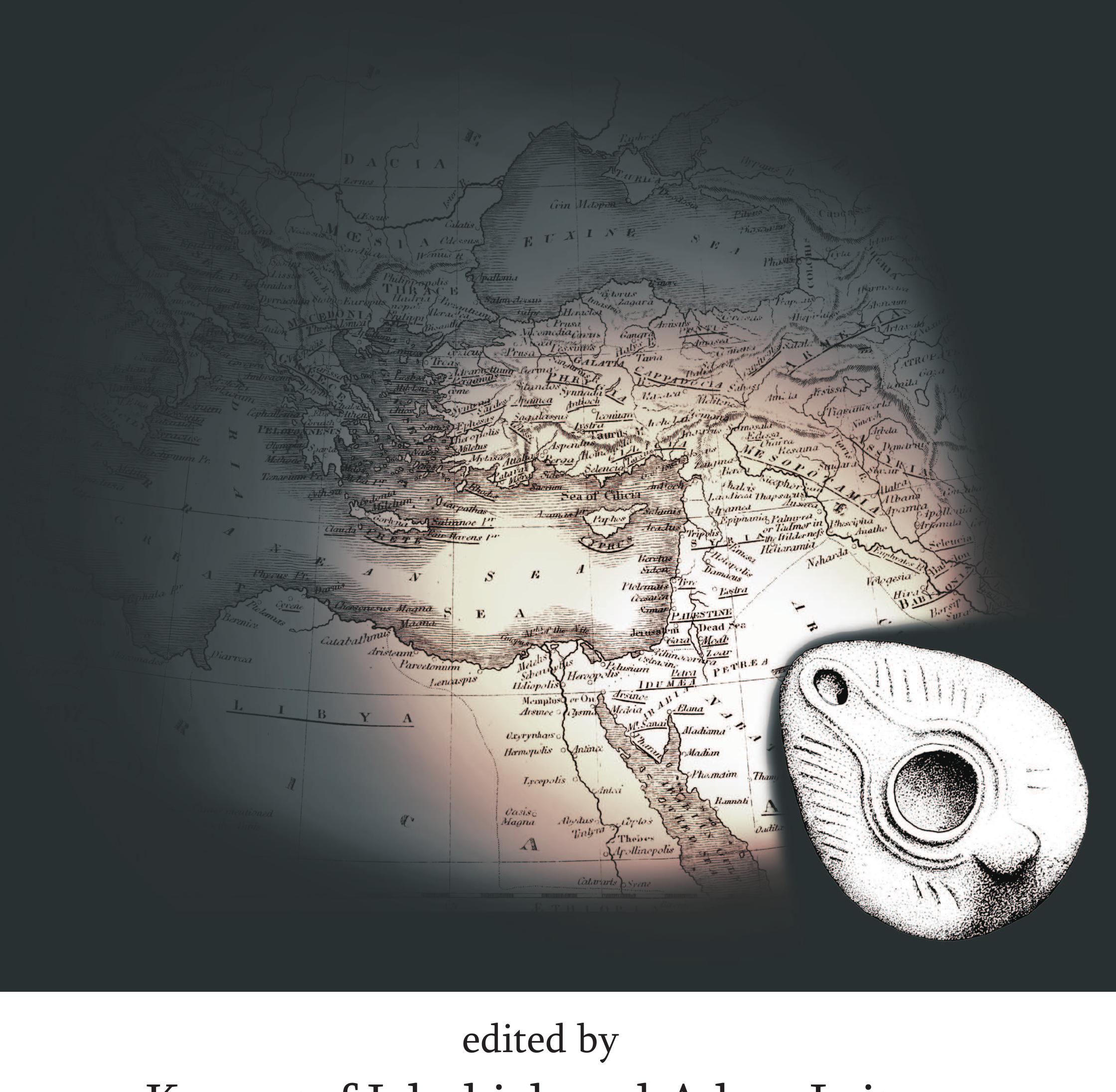
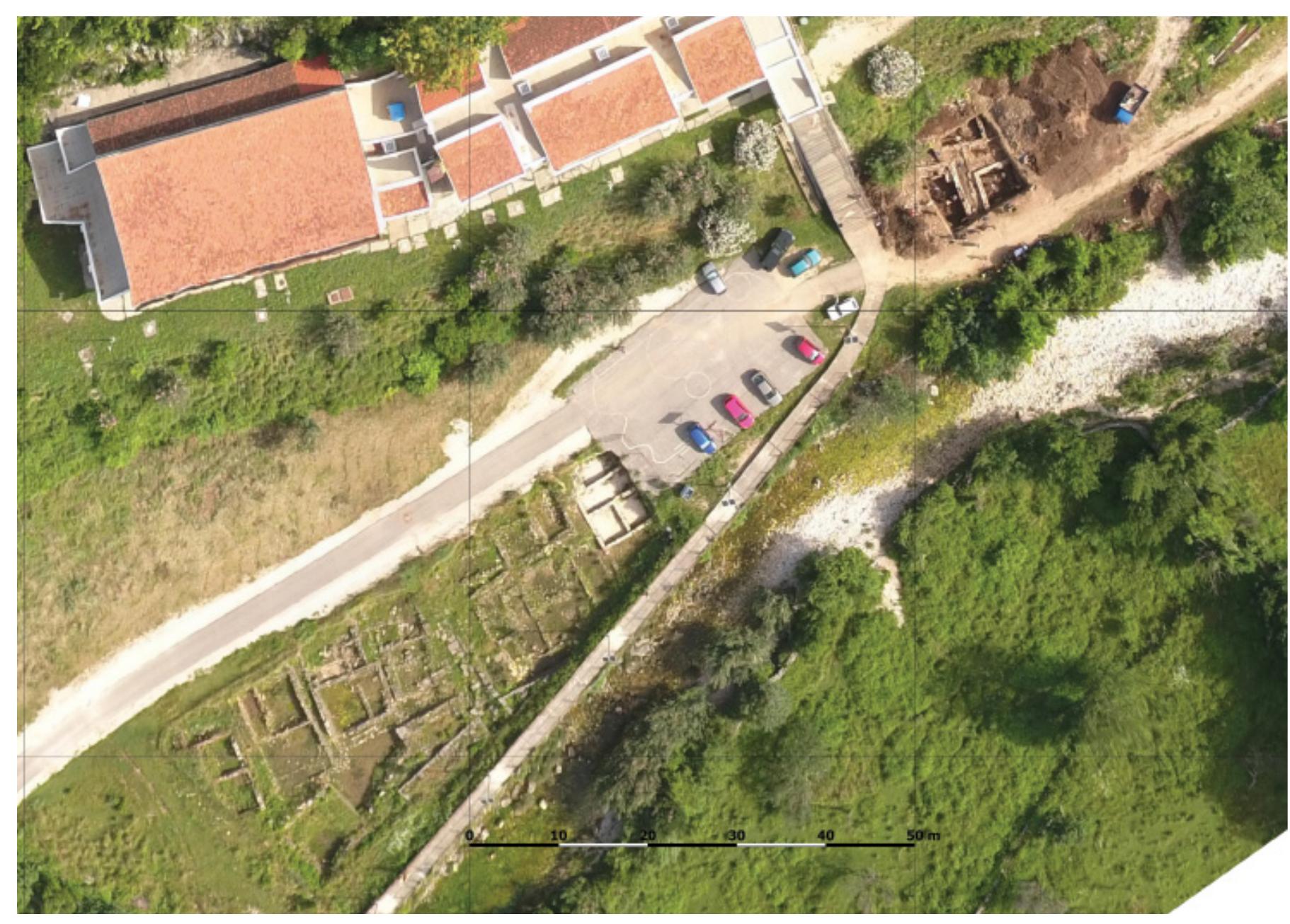

![The unique character of this city is evident in its monumental fortifications [Fig, 2]. They were known and 10us even in the second half of the second century AD. An inscription from the times of Marcus Aurelius, set up Numidian Lambaesis, the seat of the Legio IIT Augusta, by a legionary legate originating from Rhizon, calls them enia Aeacia, i.e. resembling the works of Aeacus of Aegina, who was said to have joined forces with Apollo and eidon to raise the walls of Troy (Serovié 1962: 28; Garaganin 1966; Wilkes 1992: 136; Dyczek er al. 2010; 2014). The fortifications of Rhizon ran some 200 m away from the line of the river Spila to the northeast (Faber 1996: 3). They have been investigated methodically by us since 2004. In 2005-2006, we studied the right bank of the x along its entire length, recording in many places remains of the Cyclopean wall, either in the precipitous bank at the bottom of the river. Mapping these remains gave an idea of the line of ancient fortifications running for ut 300 m [Fig. 3]. Underwater investigations in the Spila’s estuary determined beyond doubt that the tumbled cks found there come from the fortifications and a gate approaching Rhizon from the south. The fortification walls round an area of more than 7 ha. They were constructed of large dressed blocks measuring 1.20 x 1.40 x 0.60 m.](https://figures.academia-assets.com/63338875/figure_004.jpg)
